Introduction to CTA Marketing
Call to Action (CTA) marketing is a strategic technique that prompts users to take immediate action. Whether it’s signing up for a newsletter, downloading a guide, or making a purchase, CTAs are the driving force behind conversion.
In digital marketing, a well-crafted CTA can mean the difference between a visitor bouncing or converting. This article breaks down everything you need to know about CTA marketing—from its definition to best practices, examples, and optimization tips.
Why Are CTAs Important in Digital Marketing?
CTAs guide users toward your business goals. They reduce friction, increase engagement, and improve user experience. Most importantly, they boost conversion rates.
Without a strong CTA, even the most well-designed website may fail to convert. Visitors need direction. CTAs provide that nudge.
Types of Call to Action
There are many types of CTAs used in various stages of the customer journey:
Lead Generation CTAs
These CTAs aim to collect contact details. Examples include:
-
“Download Your Free eBook”
-
“Get a Free Quote”
Form Submission CTAs
Encourage users to complete a form:
-
“Sign Up Now”
-
“Register for the Webinar”
Click-Through CTAs
These buttons lead users to the next stage:
-
“View Plans and Pricing”
-
“Explore Features”
Read More CTAs
Used to keep users engaged:
-
“Continue Reading”
-
“Learn More About Our Services”
Purchase CTAs
Used on product pages and checkout:
-
“Add to Cart”
-
“Buy Now”
Social Sharing CTAs
Boost visibility on social platforms:
-
“Share on Facebook”
-
“Tweet This Article”
Event Promotion CTAs
Drive attendance and registrations:
-
“Reserve Your Seat”
-
“Join the Event”
Where to Place CTAs on Your Website
Strategic placement increases effectiveness. Here are key areas to consider:
-
Above the Fold: First thing users see.
-
End of Blog Posts: When interest peaks.
-
Sidebar Widgets: Great for persistent visibility.
-
Popups and Slide-Ins: Useful for urgent offers.
-
Hero Section: Strong CTA + striking visual = impact.
Each position serves a different purpose, and A/B testing helps you find what works best.
Best Practices for High-Converting CTAs
1. Use Action-Oriented Language
Start with verbs like “Download,” “Subscribe,” “Start,” “Get.” Make the action clear.
2. Create Urgency
Words like “Now,” “Today,” or “Limited Time” spark instant action.
3. Keep It Short and Sweet
Aim for 2–5 words. Keep it punchy and powerful.
4. Match CTA to Intent
Make sure your CTA aligns with the content. A product page should have “Buy Now,” not “Read More.”
5. Use Contrasting Colors
Make the button stand out. Use brand colors but ensure readability.
6. Optimize for Mobile
Your CTA must be visible and clickable on mobile devices.
7. Personalize When Possible
Instead of “Start Free Trial,” try “Start My Free Trial.”
CTA Copywriting Tips
CTA copy should spark emotion. Here are a few examples:
-
Fear of Missing Out (FOMO): “Only 3 Spots Left”
-
Benefit-Oriented: “Grow Your Audience Today”
-
Value Proposition: “Get 50% Off Instantly”
-
Confidence-Building: “No Credit Card Required”
The tone, urgency, and benefit must resonate with your audience.
A/B Testing CTAs: Why It Matters
Testing allows you to determine which CTA performs best. Test variations of:
-
Button color
-
Text copy
-
Placement
-
Font style
-
Size
Tools like Google Optimize, Optimizely, and HubSpot make A/B testing simple. Don’t assume what works—test it.
CTA Marketing in Email Campaigns
Emails without CTAs are wasted opportunities. Here’s how to enhance engagement:
-
Include one clear CTA per email.
-
Make the button mobile-friendly.
-
Reinforce the CTA with surrounding copy.
Example:
“Ready to grow your list? Download Our Free Guide.”
CTA Optimization for SEO
You can optimize CTAs for SEO and UX simultaneously. Here’s how:
-
Use anchor text in internal links like: Learn how to improve conversion rates.
-
Use keywords relevant to the landing page.
-
Implement schema markup for buttons to appear as rich results in SERPs.
Search engines reward well-structured, engaging content that includes action-oriented language.
Examples of Powerful CTAs
Here are some real-world CTA examples that convert:
-
Shopify: “Start free trial”
-
Netflix: “Join Free for a Month”
-
Dropbox: “Find your plan”
-
Spotify: “Get Premium”
Each is clean, benefit-focused, and easy to act on.
CTA Mistakes to Avoid
Avoid these common errors:
-
Using generic terms like “Click Here”
-
Making buttons too small or hard to find
-
Using too many CTAs on one page
-
Not optimizing for mobile
-
Ignoring testing and analytics
A weak CTA can derail your conversion funnel. Take the time to refine it.
How to Create CTAs in WordPress
WordPress makes it easy to add CTAs. Use:
-
Elementor or WPBakery for drag-and-drop buttons
-
Thrive Leads for lead-gen CTAs
-
Shortcodes Ultimate for quick CTA insertion
-
Gutenberg Button Block for simple CTAs
To boost engagement, embed them in posts, widgets, or landing pages.
Resources to Improve Your CTA Game
Here are a few tools and guides to help:
-
Crazy Egg Heatmaps for CTA placement insights
-
Canva for designing CTA buttons
-
Unbounce for high-converting examples
Conclusion: Every Click Counts
A well-crafted CTA isn’t just a button—it’s a gateway to your goal. Whether it’s boosting sales, generating leads, or growing an email list, every click matters.
By following best practices, testing your options, and focusing on user intent, you’ll turn passive visitors into active users.














